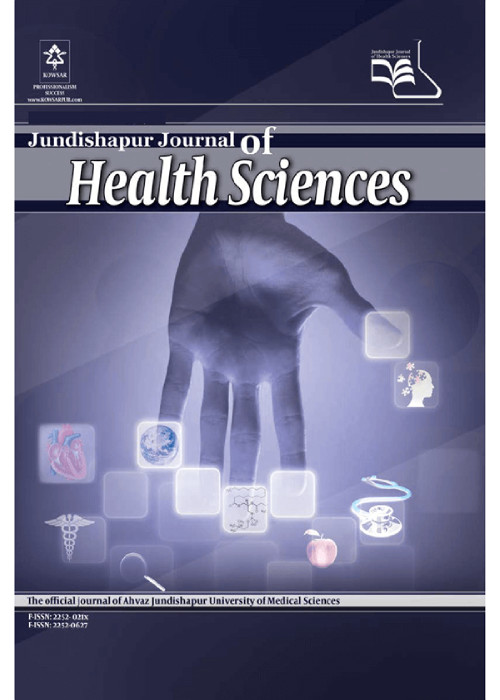Spatial Distribution of Health Services in Iranian Provinces at the End of the Fifth Development Plan; 2015 (Based on Health Structural Indicators)
Author(s):
Article Type:
Research/Original Article (دارای رتبه معتبر)
Abstract:
Background
Human capital is one of the key factors in sustainable development, and health is an important part of human capital. According to this, a major goal of the Fifth and Sixth Development Plans in Iran was the establishment of regional equilibrium and justice as well as reduction of inequality in health indicators.
Objectives
This research aimed at ranking and comparing Iranian provinces in terms of the level of development of health indicators and the utilization of resources in the final year of the Fifth Plan (2015).
Methods
Following the objectives of the research and based on 17 indicators, the Technique for Order of Preference by Similarity to Ideal Solution (TOPSIS) method was applied to calculate and compare provincial development level in health indicators during year 2015. Besides, the Moran test was used to examine the impact of development of health indicators in a province on neighboring provinces’ indicators.
Results
In the final year of the Fifth Plan (2015), among thirty-one provinces studied, Semnan and Khuzestan had the highest and the lowest levels of healthcare development in the country, respectively. In this area, the five provinces of Semnan, Markazi, Yazd, and Southern Khorasan were respectively the most benefited while Qom, Kerman, Sistan and Baluchestan, Alborz, and Khuzestan were the most deprived provinces of the country. Also, an inverse relationship was found between greater concentration of resources in a region and less resources and benefits in neighboring areas.
Conclusions
The ranking and comparison of the level of development of health indicators in provinces at the end of the Fifth Program indicated that healthcare resources and facilities were distributed unequally. If the distribution pattern is not improved, greater concentration of facilities in more beneficial areas will lead to further weakening of neighboring areas. According to the results, Qom, Kerman, Sistan and Baluchestan, Alborz, and Khuzestan provinces had less access. Therefore, due attention is needed by policy-making on these indicators. The type of indicators showed that the environmental conditions in Khuzestan, especially the problem of microorganisms in the air, have generated reluctance among physicians to work in these areas. Therefore, in addition to reviewing resource allocation as revealed by the indicators, it is necessary to use incentive levers to compensate for these problems.Keywords:
Language:
English
Published:
Jundishapur Journal of Health Sciences, Volume:10 Issue: 3, Jul 2018
Page:
7
magiran.com/p1912498
دانلود و مطالعه متن این مقاله با یکی از روشهای زیر امکان پذیر است:
اشتراک شخصی
با عضویت و پرداخت آنلاین حق اشتراک یکساله به مبلغ 1,390,000ريال میتوانید 70 عنوان مطلب دانلود کنید!
اشتراک سازمانی
به کتابخانه دانشگاه یا محل کار خود پیشنهاد کنید تا اشتراک سازمانی این پایگاه را برای دسترسی نامحدود همه کاربران به متن مطالب تهیه نمایند!
توجه!
- حق عضویت دریافتی صرف حمایت از نشریات عضو و نگهداری، تکمیل و توسعه مگیران میشود.
- پرداخت حق اشتراک و دانلود مقالات اجازه بازنشر آن در سایر رسانههای چاپی و دیجیتال را به کاربر نمیدهد.
دسترسی سراسری کاربران دانشگاه پیام نور!
اعضای هیئت علمی و دانشجویان دانشگاه پیام نور در سراسر کشور، در صورت ثبت نام با ایمیل دانشگاهی، تا پایان فروردین ماه 1403 به مقالات سایت دسترسی خواهند داشت!
In order to view content subscription is required
Personal subscription
Subscribe magiran.com for 70 € euros via PayPal and download 70 articles during a year.
Organization subscription
Please contact us to subscribe your university or library for unlimited access!


